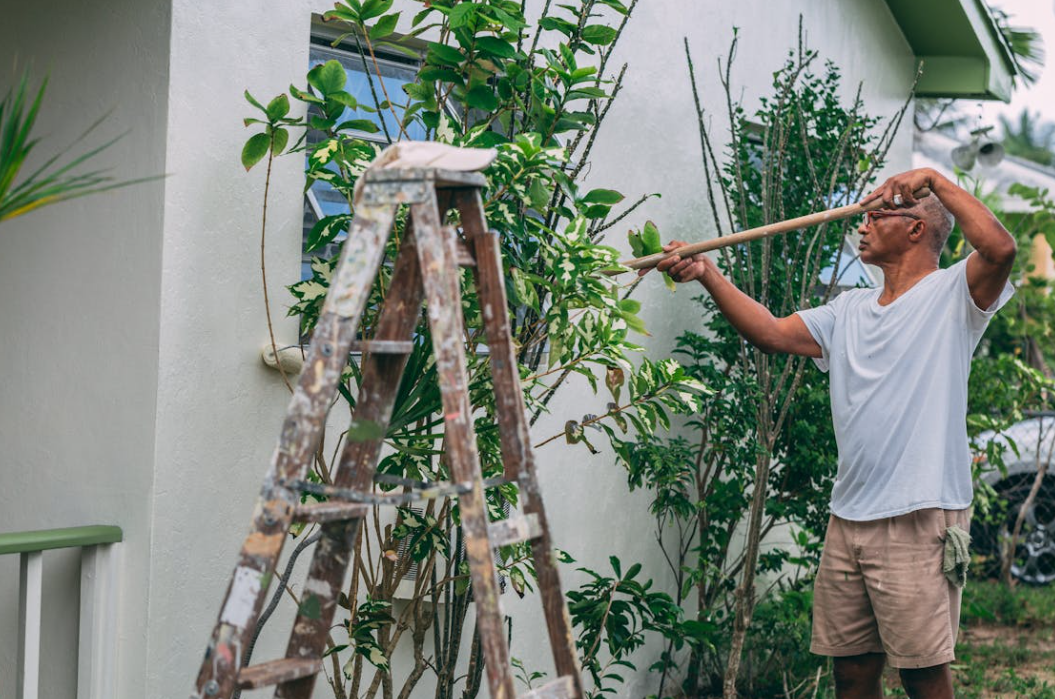Green walls are a beautiful and sustainable way to enhance any indoor or outdoor space. However, ensuring that your vertical garden remains lush and vibrant requires consistent attention. Green wall maintenance is essential for the health of the plants, the longevity of the system, and keeping the aesthetic appeal intact. In this guide, we’ll provide expert tips, from regular checks to knowing when to call in professional help, ensuring your green wall thrives all year round.
Understanding the Basics of Green Wall Maintenance
Before diving into the specifics, it’s important to understand the foundation of green wall maintenance. Green walls, also known as living walls, consist of carefully selected plants that are installed on vertical structures, either indoors or outdoors. These walls rely on proper irrigation, adequate nutrients, and the right amount of light to flourish. Regular green wall maintenance ensures that the irrigation systems are functioning correctly, plants are receiving enough nutrients, and the overall structure remains stable. Neglecting any of these elements can lead to poor plant health and structural damage.
Conduct Regular Visual Inspections
One of the most critical aspects of green wall maintenance is conducting regular visual inspections. Checking the plants for signs of stress, such as wilting, yellowing leaves, or pest infestations, can help you identify and address problems before they escalate. Additionally, inspect the irrigation system for any leaks, blockages, or imbalances in water distribution. If the plants are growing unevenly or overcrowding certain areas, it’s a sign that adjustments are needed. Frequent visual inspections are a simple yet effective way to maintain your vertical garden’s health and beauty.
Watering and Irrigation Tips
Consistent and proper watering is a cornerstone of green wall maintenance. Depending on your wall’s irrigation system, this process may be automated or manual. Automated systems require regular checks to ensure that water is being evenly distributed and there are no leaks. If you have a manually watered system, it’s crucial to monitor soil moisture levels and adjust your watering schedule based on the needs of the plants and seasonal changes. Over-watering or under-watering can lead to plant stress, so understanding your plants’ specific moisture requirements is vital to effective green wall maintenance.
Fertilization and Nutrient Management
Proper fertilization is an essential part of green wall maintenance. The plants in your green wall require nutrients to grow, and over time, soil or growing medium can become depleted of these nutrients. Applying a balanced fertilizer can ensure that your plants remain healthy and vibrant. How often you fertilize will depend on the type of plants and the specific growing environment, but a general rule of thumb is to apply fertilizers every few months. Look out for signs of nutrient deficiencies, such as pale leaves or stunted growth, which indicate that your plants need a nutrient boost as part of their green wall maintenance.
Pruning and Plant Care
Regular pruning is another key element of green wall maintenance. Over time, plants can grow too large for their space or become tangled, which can reduce airflow and block light from reaching lower sections of the wall. Pruning not only keeps the plants looking neat but also encourages healthy growth by removing dead or damaged foliage. If you notice that some plants are struggling, it may be necessary to replace them with new, more suitable species. Staying on top of pruning and plant care is essential for keeping your green wall in top condition.
Pests and Disease Prevention
Pests and diseases can wreak havoc on your green wall if left unchecked, making prevention a vital part of green wall maintenance. Common pests such as aphids, spider mites, and mealybugs can infest your plants, causing damage and stunted growth. Regularly inspect the leaves and stems for any signs of pests or disease, such as discolored leaves or webbing. If you notice any problems, use organic pest control solutions or consult a professional to prevent the issue from spreading. Proper ventilation and monitoring humidity levels can also help minimize the risk of disease in your green wall.
Seasonal Maintenance Considerations
Green wall maintenance varies depending on the season, especially for outdoor installations. During the hotter months, plants may require more frequent watering and protection from direct sunlight, while cooler months may bring different challenges, such as reduced sunlight and colder temperatures. If your green wall is outdoors, consider winterizing it to protect the plants and the irrigation system from freezing temperatures. For indoor green walls, ensure that lighting and humidity levels are adjusted to match seasonal changes. Adapting your green wall maintenance to the seasons ensures year-round plant health.
When to Call a Professional
There are times when green wall maintenance goes beyond what can be managed with regular care, and calling a professional becomes necessary. If you encounter problems like irrigation system failure, large-scale pest infestations, or structural issues with the wall itself, it’s best to seek expert help. Professionals can offer advanced solutions, including repairs, plant health assessments, and even redesigning the wall to suit evolving needs. Regular professional check-ups can extend the life of your green wall and ensure its long-term success. When in doubt, it’s always a good idea to consult with a specialist in green wall maintenance.
Takeaway
Maintaining a green wall requires ongoing attention, but the rewards are well worth the effort. Regular checks, proper watering, fertilization, and pruning, combined with the ability to recognize when professional help is needed, will keep your green wall thriving. Green wall maintenance is not just about keeping plants alive; it’s about creating a lush, vibrant environment that enhances your space year-round. By following these expert tips, you can enjoy the beauty and benefits of your green wall for many years to come.










